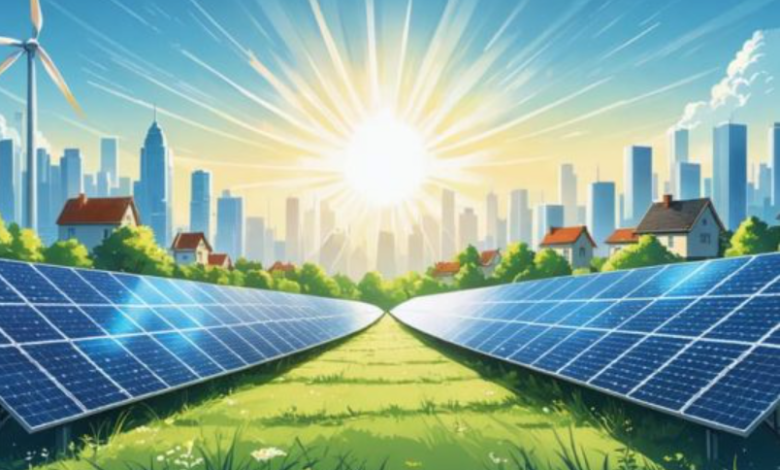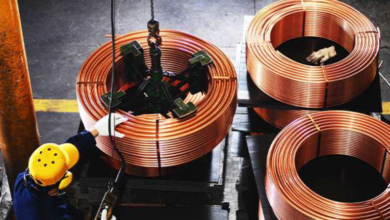Building Integrated Photovoltaic Panels Advancing Sustainable Architecture and Energy Efficiency

Building integrated photovoltaic panels combine solar energy technology directly into a building’s structure, serving as both a functional part of the architecture and a power generator. Unlike traditional solar panels that are added onto a building, BIPV systems replace conventional materials in roofs, façades, windows, or shading elements, making the building itself a source of renewable energy. This integration allows structures to generate clean electricity while maintaining their design and material integrity.
BIPV panels offer a dual function by acting as building components while converting sunlight into electricity, which can enhance energy efficiency without requiring additional space. This makes them especially valuable for urban environments where rooftop or ground space for solar arrays is limited. They also contribute to reduced energy costs and lower carbon footprints by harnessing solar power seamlessly within the building envelope.
The technology behind BIPV is evolving, with innovations like semi-transparent cells and bifacial panels expanding their application across different building surfaces. These advancements provide designers and builders with more flexible options to incorporate renewable energy into modern architecture without compromising aesthetics or functionality.
Overview of Building Integrated Photovoltaic Panels
Building integrated photovoltaic (BIPV) panels combine solar power generation with building materials. They serve structural and aesthetic functions while producing electricity. Their types, technologies, and performance characteristics vary depending on the application and material selection.
Types of Building Integrated Photovoltaic Panels
BIPV panels come in several forms, including roof-integrated modules, façade systems, and window glass with embedded solar cells. Roof-integrated BIPVs replace conventional roofing materials like tiles or shingles, offering a seamless appearance.
Façade modules are typically installed on exterior walls and can be opaque or semi-transparent. Semi-transparent BIPVs are also used in windows or skylights, allowing some natural light while generating power. These types balance energy generation with building design requirements.
Each type suits different architectures and climates. Their design must match structural constraints and intended energy output.
Key Technologies and Materials
BIPV panels use silicon-based cells or emerging technologies like bifacial and thin-film solar cells. Bifacial panels capture sunlight on both sides, increasing energy yield without extra roof space.
Materials include glass, metal, and flexible polymers, selected for durability and integration. Semi-transparent panels incorporate specialized coatings or thin films to allow light transmission while generating electricity.
Advancements in semi-transparent cells and flexible substrates expand architectural possibilities. Integration often requires custom engineering to meet waterproofing, insulation, and load-bearing standards.
See also: The Future of Text to Image Technology in Visual Media
Energy Efficiency and Performance Factors
Energy output depends on factors such as sunlight exposure, panel orientation, and material transparency. BIPV efficiency is generally lower than traditional solar panels due to design constraints and partial shading.
The dual role of BIPVs means they must maintain building envelope performance, including insulation and weather resistance. Proper installation and system design optimize power generation without compromising structural integrity.
Maintenance access and durability against environmental elements also affect long-term performance. Smart design balances energy production with the building’s architectural and functional needs.
Applications and Design Considerations
Building-integrated photovoltaic (BIPV) panels serve dual functions, generating electricity while acting as building envelope components. Their application varies from rooftops to facades, requiring thoughtful integration to balance aesthetics, energy production, and regulatory demands.
Typical Building Applications
BIPV systems are most commonly used in roofs, facades, and windows. On rooftops, they replace conventional materials like tiles or metal panels, generating power without adding structural weight. Facade integration offers vertical solar access, enhancing energy generation in urban settings with limited roof space.
Windows use semi-transparent BIPV modules to allow light transmission while producing electricity. This integration reduces lighting loads indoors and improves thermal performance. In commercial and residential buildings, BIPV often replaces standard cladding or shading devices, playing a functional and energy-generating role.
Architectural Integration Strategies
Successful BIPV integration requires harmonizing solar technology with building design. Architects use module positioning, orientation, and tilt adjustments to optimize solar exposure. The choice between opaque, semi-transparent, or bifacial panels depends on design goals and daylight requirements.
BIPV materials must match or complement building aesthetics, like color and texture. DIGITAL design tools aid modeling solar potential and visual impact early in projects. Structural considerations include load capacity and weather resistance, ensuring the panels perform as durable envelope elements.
Regulatory Compliance and Standards
BIPV installations must meet electrical codes and building regulations to ensure safety and performance. Compliance typically involves certification of photovoltaic components and adherence to fire resistance ratings for facade installations.
Energy standards may require verification of system output and efficiency. Local zoning laws influence BIPV application, particularly in historic or densely built areas. Proper permits and inspections are essential to confirm that BIPV systems align with grid interconnection and building envelope integrity requirements.





